Mowing The Lawn
Two important factors to consider when mowing a lawn are cutting height and frequency of cut. Always mow the lawn at the best height for the specific grass species. Recommended cutting heights of turfs common in home lawns in our area are as follows:
- Common Bermudagrass 1” to 2”
- Hybrid Bermudagrass 1” to 1.5”
- Centipedegrass 1.5” to 2”
- Zoysiagrass 1” to 2”
- St. Augustinegrass 2.5” to 4”
Grasses with narrower leaf blades or grasses that spread horizontally can generally be mowed closer than grasses with wider leaf blades or more upright-growing grasses. Lawns under stress from heat, drought or shade should be mowed at a higher level of cut than healthy lawns.
Mow regularly, and try to avoid removing more than one-third of the grass height in one mowing (if you are maintaining your lawn at 2 inches, mow the lawn when it is about 3” high). Removing more than one-third of grass height at one time can stop the roots from growing and can be detrimental to the overall health of the lawn.
Maintaining a sharp cutting blade is important. Dull mower blades tear and bruise the leaves causing them to turn brown at the cutting point, giving the lawn a general brown look. Poor cut quality leads to lawns that are more prone to weed pressure and less capable of recovering from environmental stresses. Sharp blades cut the grass cleanly, ensuring rapid healing and regrowth.
Return or recycle grass clippings to the lawn. Grass clippings contain small amounts of essential plant nutrients, and when left on the lawn these nutrients are eventually returned to the soil.
